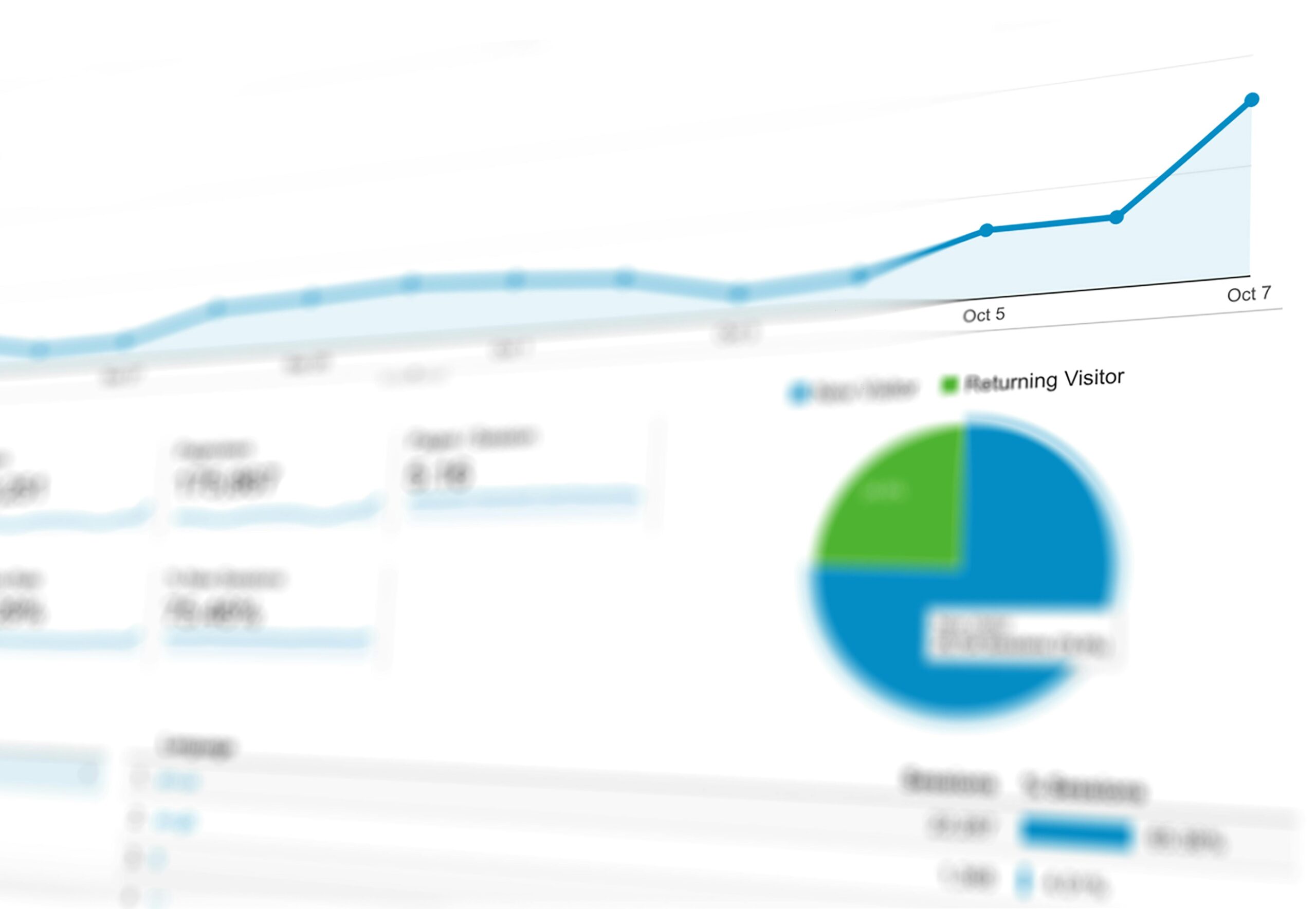In today’s hyper-connected world, the term “big data” has become synonymous with opportunity. Organizations across industries leverage vast amounts of data to gain insights, enhance decision-making, and drive innovation.
However, the benefits of big data do not come without significant challenges. The sheer volume, velocity, variety, and veracity of data present complex hurdles that businesses must overcome to fully harness its potential.
Although companies recognize these challenges, they can’t do without big data. It is therefore important to understand what these challenges are and how to handle them to generate maximum benefit from the information available.
1. Volume: Managing Big Data Overload
The most obvious challenge associated with big data is its immense volume. Companies have a lot of data and are continuously collecting more.
With the proliferation of digital devices, social media, and IoT (Internet of Things) sensors, businesses are inundated with data from a multitude of sources. Managing this data overload requires robust storage solutions and infrastructure capable of handling the large volume of information.
Traditional data storage systems are often insufficient for big data, forcing organizations to invest in scalable solutions like cloud storage, data lakes, and distributed databases.
However, managing these systems adds complexity, requiring skilled personnel to oversee data migration, integration, and maintenance. Companies have to employ data scientists and business analytics professionals to make sense of it.
Furthermore, the costs associated with storing and processing such large volumes of data can be prohibitive, especially for smaller organizations.
2. Velocity: Keeping Pace with Real-Time Data
In addition to volume, the speed at which data is generated and needs to be processed—its velocity—presents another significant challenge.
Real-time data streams from sources like financial markets, online transactions, and social media require immediate analysis to be valuable. Delayed processing can result in missed opportunities, ineffective decision-making, or even security risks.

To address this, businesses must implement real-time analytics tools and frameworks capable of handling rapid data ingestion and processing. Technologies such as Apache Kafka and Spark have become popular for their ability to process streaming data in real time.
However, integrating these technologies into existing systems requires careful planning, expertise, and continuous monitoring to ensure optimal performance.
3. Variety: Integrating Diverse Data Types
Big data is not only large and fast but also diverse. It comes in various formats, including structured data from databases, semi-structured data, and unstructured data such as text, images, and videos.
This variety complicates data integration and analysis, as traditional tools are often ill-equipped to handle multiple data types simultaneously.
To overcome this challenge, businesses must adopt flexible data integration and analytics platforms that can accommodate different data types. Machine learning algorithms and natural language processing (NLP) are increasingly used to analyze unstructured data, while data warehousing solutions are evolving to support the integration of heterogeneous data sources.
However, these solutions are not without their own complexities and may require significant investment in both time and resources to implement effectively.
4. Veracity: Ensuring Data Quality
One of the less-discussed but equally important challenges of big data is veracity—ensuring the accuracy and reliability of the data being used.
With data coming in from a wide range of sources including user-generated content and automated sensors, there is always the risk of errors, inconsistencies, and biases.
Poor data quality can lead to incorrect insights, misguided decisions, and ultimately, business failures.
To ensure data veracity, organizations must implement rigorous data governance practices including data cleansing, validation, and auditing processes. This often involves the use of advanced data quality tools and the establishment of clear data management policies.
Additionally, businesses must be vigilant in monitoring data sources and implementing measures to detect and correct errors in real-time.
5. Security and Privacy Concerns
As organizations collect and store vast amounts of data, security and privacy concerns become paramount.
Big data often includes sensitive information such as personal details, financial records, and proprietary business data. The consequences of a data breach can be severe, leading to legal ramifications, financial losses, and damage to an organization’s reputation.
To mitigate these risks, businesses must invest in robust cybersecurity measures like encryption, access controls, and regular security audits. Compliance with data protection regulations, such as GDPR and CCPA, is also critical.
However, balancing the need for data accessibility with security can be challenging, especially in environments where data is shared across multiple departments and external partners.
6. Talent Shortage: The Skills Gap

Finally, the successful implementation of big data initiatives requires skilled professionals who are well-versed in data science, analytics, and related technologies.
Unfortunately, there is a significant talent shortage in these areas, with demand for data scientists and big data engineers far outpacing supply. This skills gap presents a major challenge for organizations as they struggle to find and retain the expertise needed to manage and analyze big data effectively.
To address this challenge, businesses are increasingly investing in training and development programs to upskill existing employees. Partnerships with educational institutions and the adoption of AI-driven tools that can automate certain data processes are also helping to bridge the gap.
However, the talent shortage remains a significant barrier to fully realizing the potential of big data.
The Connection Between Big Data and Business Growth
Businesses that harness the power of big data stand to gain significant competitive advantage by making data-driven decisions that lead to enhanced operational efficiency, improved customer experiences, and targeted marketing strategies.
Big data also enables businesses to personalize customer experiences leading to higher satisfaction and loyalty. By analyzing customer data, companies can create tailored marketing campaigns that resonate more deeply with their target audience.
However, it is essential to be aware of the above challenges presented by big data. Immense opportunities abound for innovation and growth if you leverage your information the right way.

